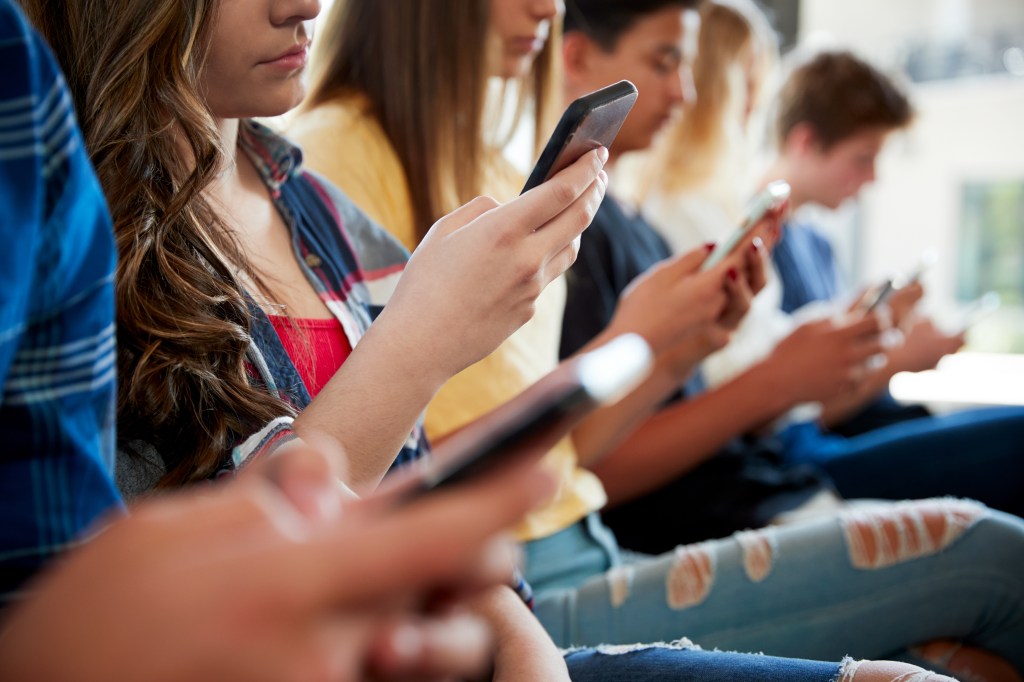[ad_1]

There’s a single, strong step the city’s public schools can take to improve kids’ mental health, foster healthier student communities and boost learning in this crucial post-pandemic period — and it doesn’t involve investing billions of dollars.
The school system can and should bar student smartphone use in schools, replacing the current hodgepodge of school-based policies with a clear directive from on high: The distraction devices must be rendered inaccessible, with the possible exception of lunchtime.
A cell phone ban imposed by Mayor Mike Bloomberg was ditched in 2015 by Mayor Bill de Blasio. The prohibition, said de Blasio, was “out of touch with modern parenting,” because moms and dads needed to be able to talk to and hear from their young’uns throughout the day.
And so schools have imposed an array of policies, some less permissive than others, but most amounting to letting pupils keep phones on in their pockets or their bookbags. In almost all cases, they’re technically not supposed to have them out in class — but that’s about as effective as telling a kid she can have an open bag of candy on her desk, but just don’t take a bite.
Since 2015, we’ve learned a great deal about the harm that smartphones and their increasingly alluring apps do to kids. The surgeon general says social media use can pose a risk of harm to young people’s mental health. Close to half of American teenagers say they are online “almost constantly,” roughly double the share who said when New York’s ban was lifted.
Studies show that smartphones — or other devices — in educational settings can harm concentration and test scores. According to a poll by one Virginia school district, about a third of teachers had to tell students to put away their cell phones five to 10 times a class.
All that is why thousands of schools nationwide are saying no. At Newburgh Free Academy just to our north, students seem to appreciate a new ban: “I’m more confident in who I am,” one student told CBS News. “All I’m doing is giving them the opportunity to engage in school and leave the drama outside these doors,” said the school’s principal.
The logistics of a ban used to be more complicated; in New York, schools created special phone lockers, or bodegas made a little money on the side holding phones during the day.
Time and technology have delivered a better solution. A company makes a pouch that seals phones away; it first found use at comedy shows where performers wanted crowds’ undivided attention. Kids put their phones in them and can continue to carry them around — but they are rendered useless. To unlock the pouch they have to tap it to an unlocking base.
We can hear the complaints from parents who say their kids need, need, need phones to stay in touch at all times. But before cell phones parents and children managed to connect when needed. Besides, nobody’s saying that kids can’t bring their phone to school or turn them on the moment the school day ends.
But on school grounds during time that’s meant for learning, the message to students should be simple: be present, be together and be on — which means keeping the phone off and out of sight.
[ad_2]








